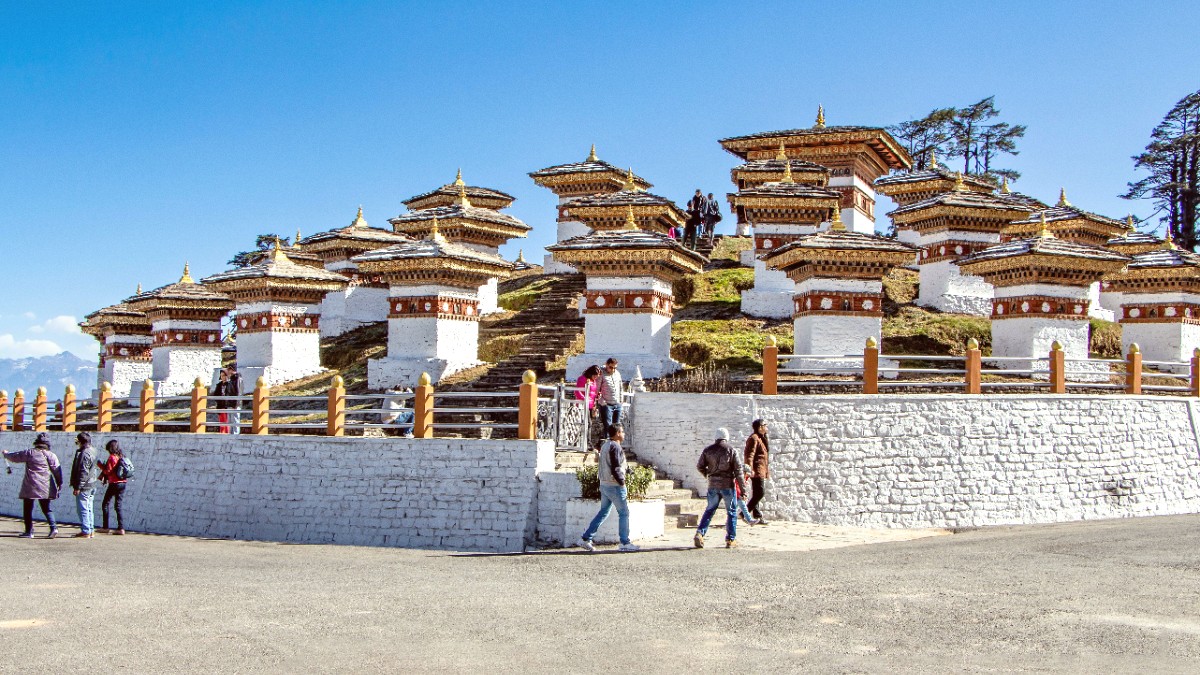
Bhutan
Thimphu’s public transportation system consists mainly of a limited public bus network. For most international tourists, who travel with a pre-arranged private vehicle and guide, using these buses is uncommon. However, they serve as a practical and economical option for locals.
Buses operate on fixed routes, mainly connecting residential areas on the outskirts with the city center. They mainly serve daily commuters, students, and local residents. You might find route maps at the main bus terminal or at major stops, though they may not be in English or always clearly displayed.
Buses run more often during peak hours; can be infrequent midday or weekends.
Public buses are generally not designed for wheelchair accessibility; typically have steps.
A short bus ride offers a genuine glimpse into local daily life and culture.
White cars with "Taxi" signs.
On street or at taxi stands (clock tower, bus terminal).
Fixed for common routes; agree with driver before starting. No meters.
Cash only (BTN or INR).
Bhutan’s tourism policy significantly influences rental options for travelers. Independent car or motorcycle rentals are generally not available for international tourists.
No hop-on-hop-off services. Tours with private vehicles.
Not applicable; Thimphu is landlocked, river not for major transport.
No cable cars or funiculars for public use.
Understand the characteristics of various transport modes in Thimphu to pick the best option for your travel style and itinerary.
Cheapest option, authentic local experience.
BTN 10-30 per ride.
Limited routes, infrequent, not tourist-focused, often crowded, not wheelchair accessible.
Mainly for locals; limited utility for tourists.
Thimphu does not feature many specialized transportation modes common in other parts of the world, reflecting its unique development and smaller scale.
Most convenient and comfortable; included in international tourist packages.
Readily available for independent city movement; negotiate fares prior.
Economical for locals, limited utility for tourists; offers authentic glimpse.
Always carry small denomination cash for taxis or local purchases. Drivers may not always have change for large notes, making transactions easier for you and the vendor.
Having small bills also proves useful for offerings at monasteries and minor tips.